Technological Innovations in Material Production
The Glass Fiber Reinforced Concrete Market is significantly influenced by technological innovations in material production. Advances in manufacturing processes have improved the quality and performance of GFRC, making it more accessible to a wider range of applications. Innovations such as automated mixing and advanced curing techniques have enhanced the consistency and durability of GFRC products. The market is expected to expand as these technologies reduce production costs and improve efficiency. Furthermore, the integration of smart technologies in construction materials is likely to create new opportunities for GFRC, positioning it as a forward-thinking choice in the evolving construction landscape.
Rising Urbanization and Infrastructure Investments
The Glass Fiber Reinforced Concrete Market is poised for growth due to rising urbanization and infrastructure investments. As populations in urban areas continue to swell, there is an increasing need for robust infrastructure to support this growth. GFRC is particularly well-suited for various applications, including facades, pavements, and precast elements, due to its strength and lightweight properties. Investment in infrastructure is projected to reach USD 4 trillion by 2025, indicating a substantial opportunity for GFRC. As cities expand and modernize, the demand for innovative materials like GFRC is likely to increase, further solidifying its position in the construction market.
Increased Demand for Durable Construction Materials
The Glass Fiber Reinforced Concrete Market is experiencing heightened demand for durable construction materials. This trend is largely driven by the need for structures that can withstand harsh environmental conditions and reduce maintenance costs. Glass fiber reinforced concrete (GFRC) offers superior strength and durability compared to traditional concrete, making it an attractive option for builders and architects. According to recent data, the construction sector is projected to grow at a rate of 5.5% annually, further propelling the demand for GFRC. As urban areas expand and infrastructure projects increase, the need for long-lasting materials becomes paramount, positioning GFRC as a preferred choice in the construction landscape.
Growing Interest in Aesthetic Architectural Solutions
The Glass Fiber Reinforced Concrete Market is witnessing a surge in interest for aesthetic architectural solutions. GFRC allows for intricate designs and finishes that are not easily achievable with conventional concrete. This versatility appeals to architects and designers who seek to create visually striking structures. The market for decorative concrete is expected to reach USD 10 billion by 2026, indicating a robust growth trajectory. As more projects emphasize unique aesthetics alongside functionality, GFRC is likely to play a crucial role in meeting these demands. The ability to mold GFRC into various shapes and textures enhances its appeal, making it a favored material in modern architecture.
Regulatory Support for Sustainable Building Practices
The Glass Fiber Reinforced Concrete Market benefits from increasing regulatory support for sustainable building practices. Governments are implementing stricter building codes and sustainability standards, encouraging the use of eco-friendly materials. GFRC, being lightweight and energy-efficient, aligns well with these regulations. The market is projected to grow as more construction projects seek to comply with sustainability certifications such as LEED. This regulatory environment not only promotes the adoption of GFRC but also enhances its market potential. As sustainability becomes a priority in construction, GFRC is likely to gain traction as a compliant and responsible choice for builders.
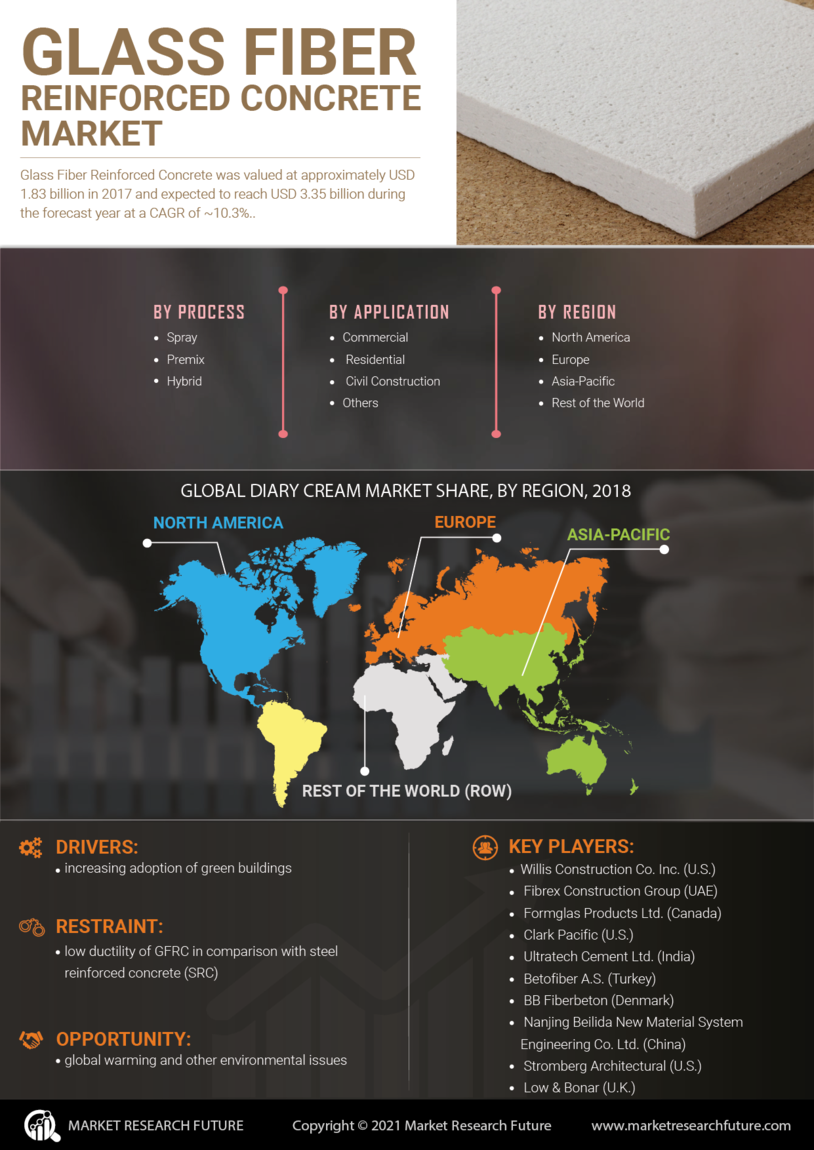

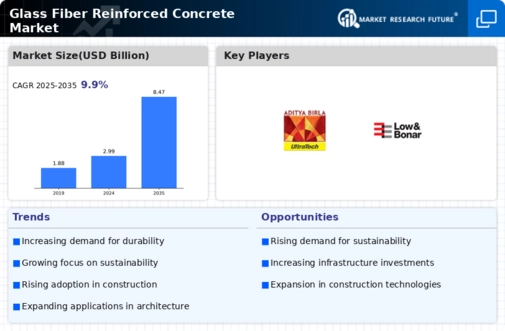
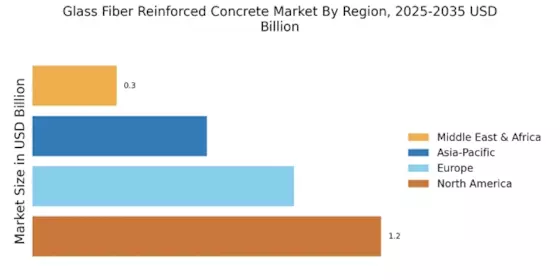


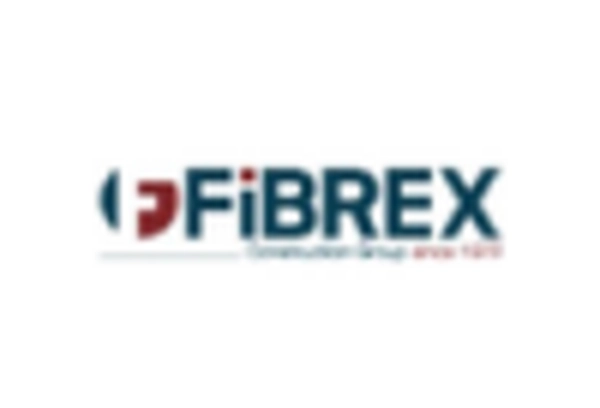
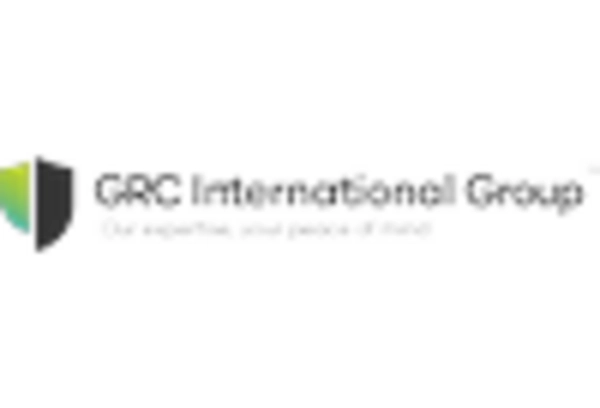

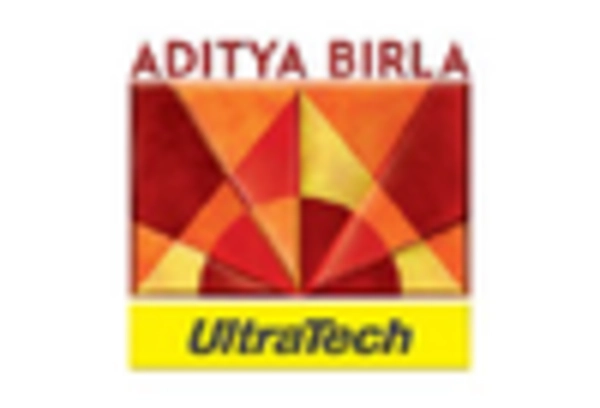








Leave a Comment